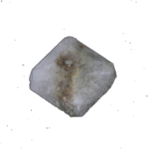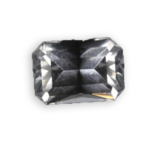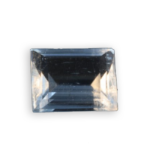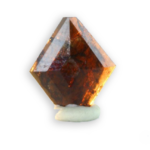
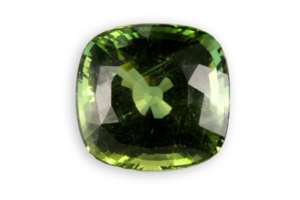
apatite
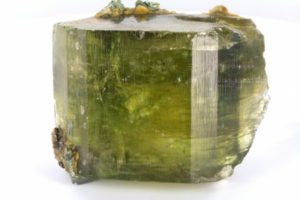
green apatite crystal form Spain
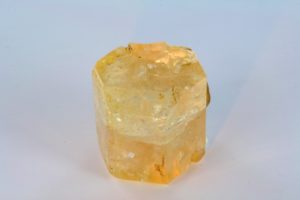
yellow apatite crystal from Pakistan
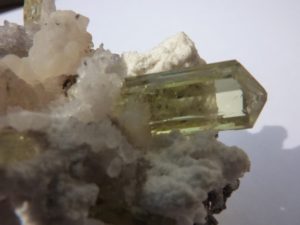
yellow apatite crystal from Mexico
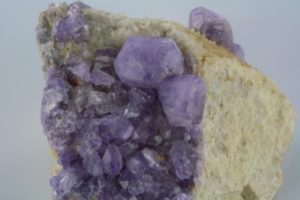
apatite crystals from Brittany in France
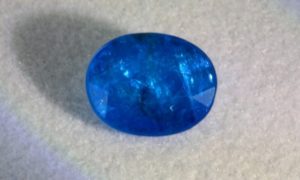
blue apatite from Madagascar oval cut
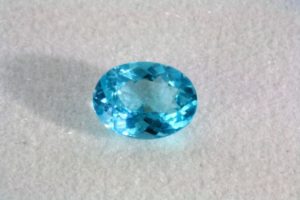
blue apatite from Tanzania
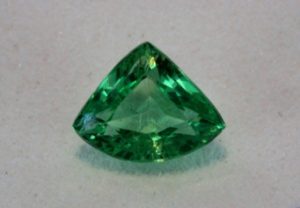
green apatite from Tanzania fancy cut
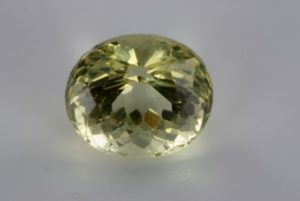
yellow apatite from Tanzania oval cut
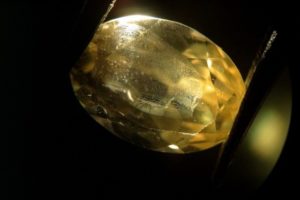
cloud like liquid inclusions in yellow apatite
Detailed sheet
apatite
This is the most common phosphate found in nature, its name comes from the Greek “apatein” to deceive, referring to the long confusions made by Werner between this stone and emerald. This is the main constituent of bones and teeth in its hydroxylapatite form. It is found in both metamorphic and sedimentary rocks.
It is a calcium phosphate containing chlorine, fluorine and OH ions. According to the dominance of these three components is can be called fluorapatite, chlorapatite and hydroxyapatite .
There are also yellow varieties with a glistening phenomena

CHEMICAL CHARACTERISTICS
Ca5[PO4]3(F,Cl,OH)
basic calcium phosphate

PHYSICAL CHARACTERISTICS
Main color
yellow
Other colors
white, blue, grey, colourless, pink, green, purple
The
Color of streak
white, grey, yellow
Luster
vitreous
Hardness
5.0 to 0.0
Density
3.15 to 3.23
Cleavage
indistinct
Fracture
conchoidal

OPTICAL PROPERTIES
Transparency
translucent, transparent
Refractive index
1.628 - 1.650
Double refraction
0.002
very light, negative uniaxial
visible double refraction
No
Dispersion
0.013(0.010)
Pleochroism
variable
Number of colors
2
weak for yellow and green apatite: yellow to yellow-green, yellow to green. Strong pleochroism for some blue apatites: colorless-yellow, blue.
Absorption spectrum
585 - 577
For the blue apatite: bands at 512, 507, 491

yellow apatite spectrum system

green blue apatite spectrum system

yellow apatite spectrum system
Fluorescence
variable
yellow to lilac
Inclusions
small parallel channels that can cause glistening like a "cat eye".

CRYSTALS PROPERTIES
thick and tabular, prismatic depending on the deposits
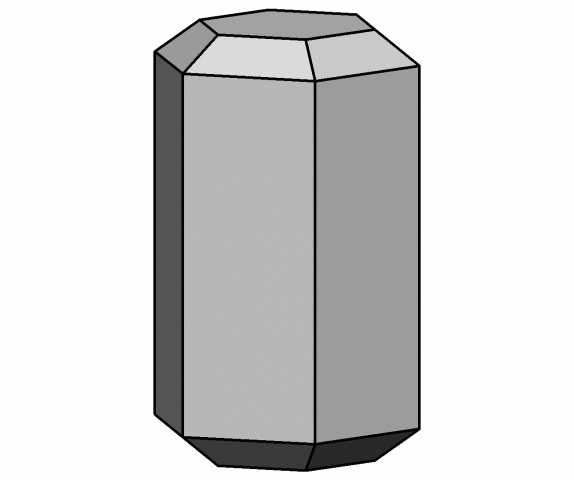
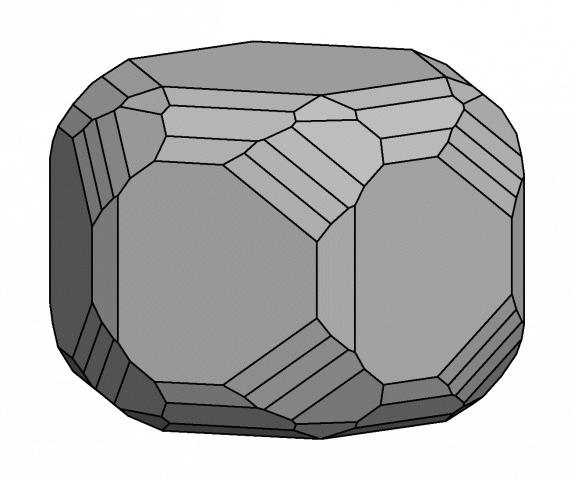
crystals system
hexagonal

OTHER INFORMATIONS
Astrological sign
Pisces, Virgo

APPROACHING GEMS
Exploited
sites
Among the most notorious areas for their crystals are included : Minas Gerais (Brazil), Panasqueira (Portugal), Durango (Mexico), Greenwood (USA), the Zillerthal (Austria), Greenville (Canada) and even Burma, South Africa, India, Kenya, Madagascar, Norway, Pakistan, France … This is the benchmark of five hardness in the Mohs scale
use in jewelry
Limited use because of its fragility, its low hardness (it scratches easily) and its sensitivity to acids. Nevertheless it is used for pendants in its most sustained colors, especially in its blue variety “Paraiba” or “neon blue” from Madagascar to the dark blues and Tanzania to the clear blue.
Daily care
and precautions
Never put in contact with acids, lemon, vinegar etc. … cleaning of pendants with water and rinsing with alcohol.
imitations and
treatments
There are synthetic apatites which are marketed but they are mostly colored glasses that are used to trick tourists.
Historical
healing properties
The blue or green apatite, the most common, a very bright gem in its variety, should be the chakra of the Heart … it would relieve the consequences of thwarted love, spur the recovery of selfness.
Applied to the Throat chakra would eventually reduce hoarseness and facilitate speech. On the Third Eye chakra, would reinforce extra-sensory abilities, stimulate hearing and therefore improve our ability to actively listen, soothe emotions and allow to express ourselves better.
The blue apatite is a vibratory amplifier that would help other stones to fully express themselves.
Venez visitez
notre site web
voillot-joaillier.fr
Lorem ipsum dolor sit amet, consectetur adipiscing elit. Ut elit tellus, luctus nec ullamcorper mattis, pulvinar dapibus leo.Lorem ipsum dolor sit amet, consectetur adipiscing elit. Ut elit tellus, luctus nec ullamcorper mattis, pulvinar dapibus leo consectetur adipiscing elit. Ut elit tellus, luctus nec.

